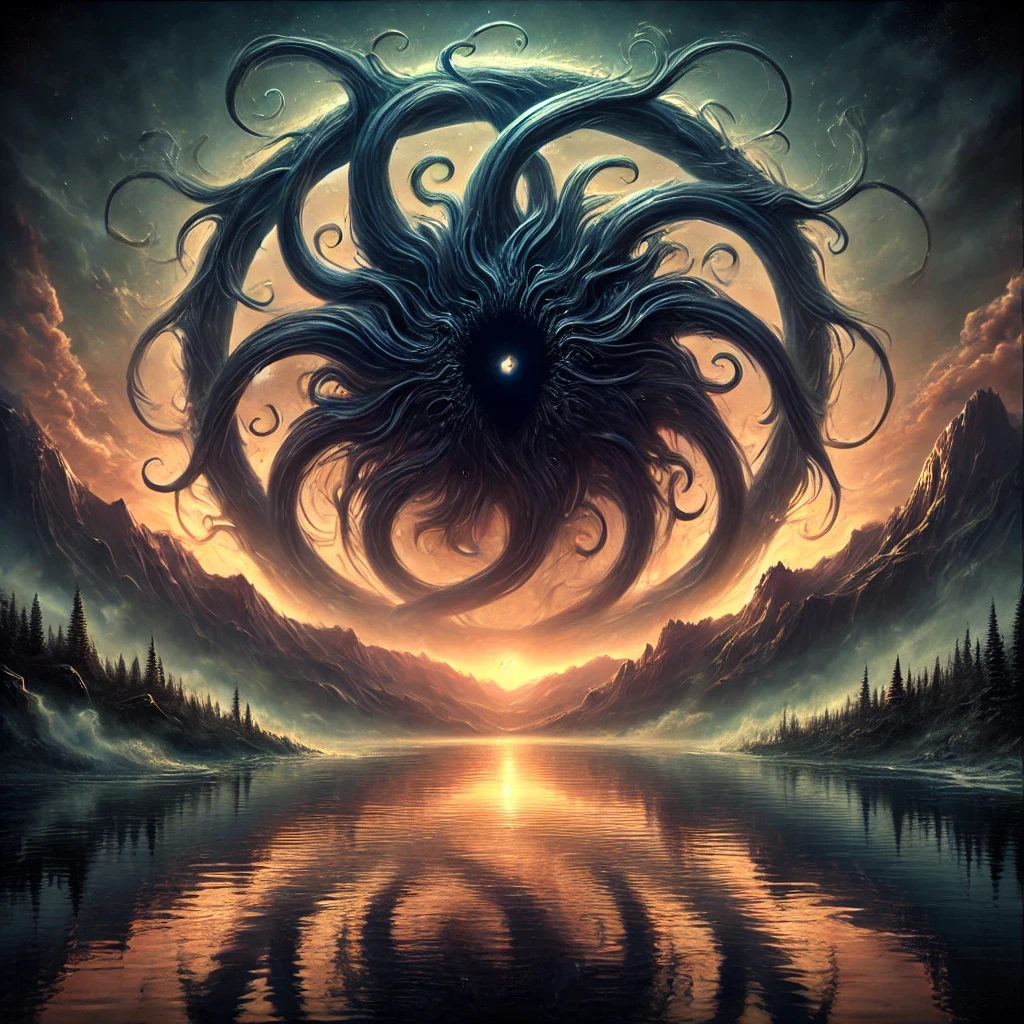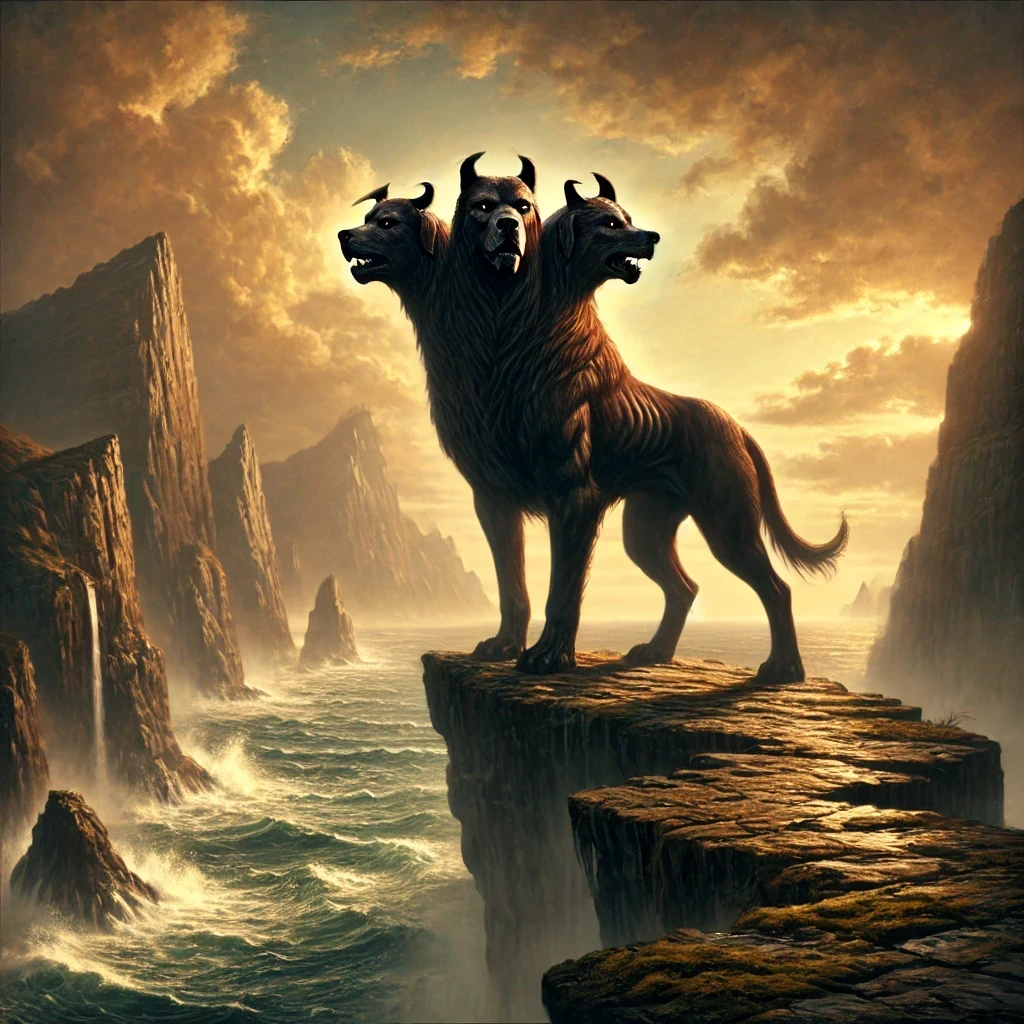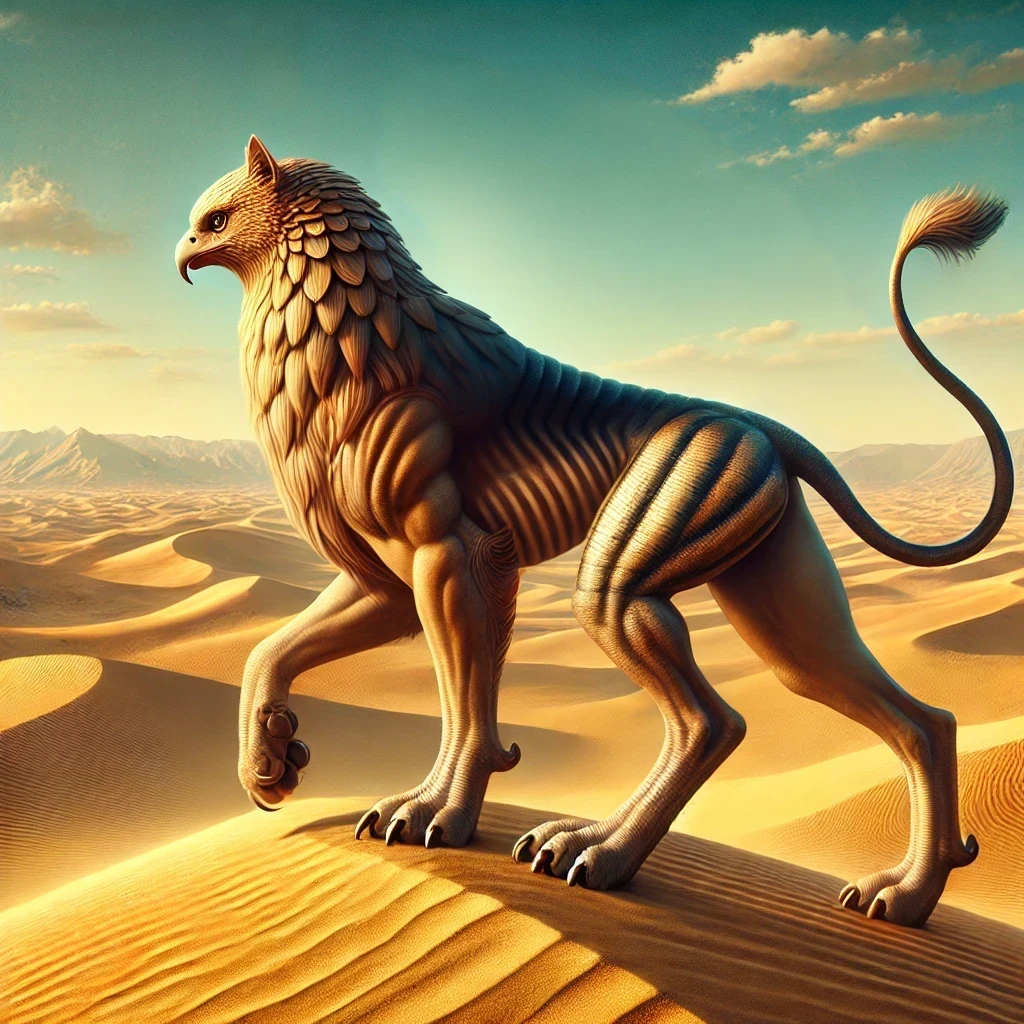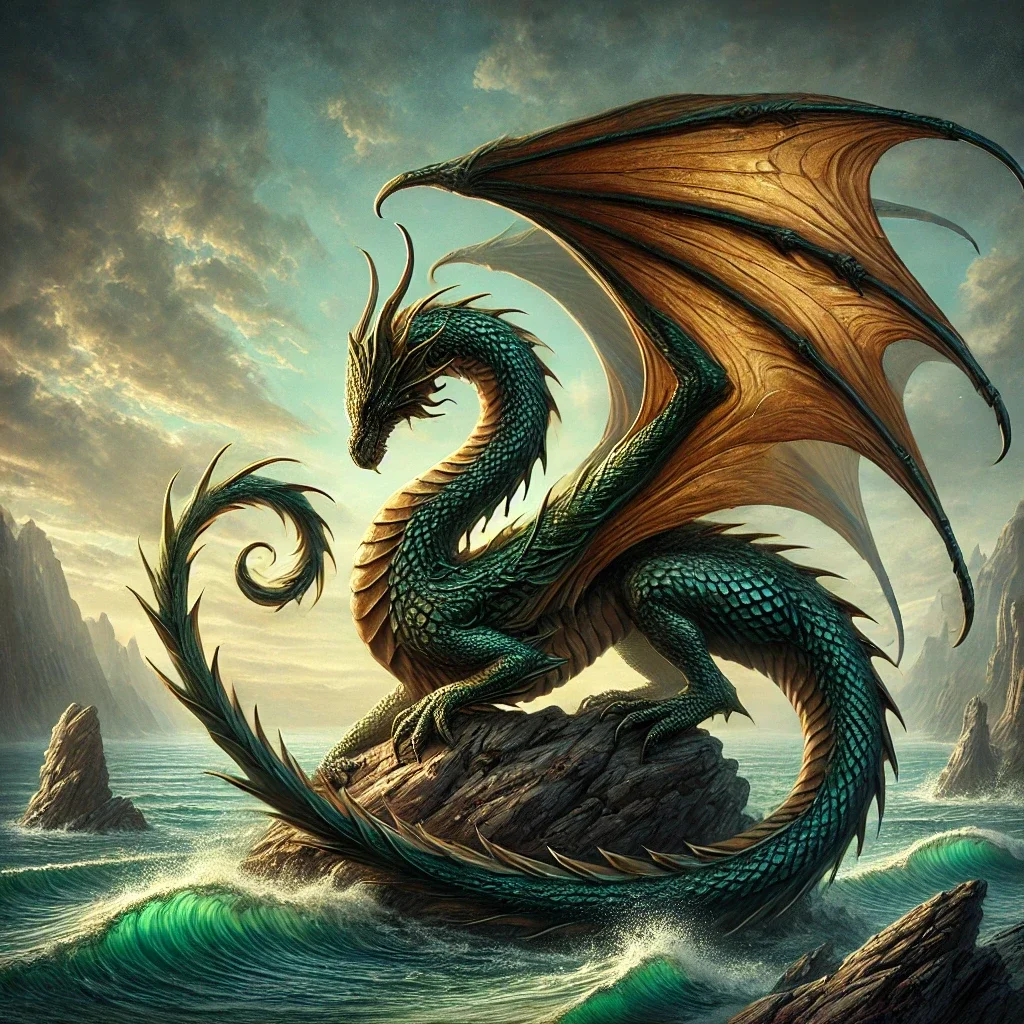The Demogorgon, an enigmatic and fearsome entity, has captivated imaginations for centuries. Often shrouded in mystery, this mythical being occupies a prominent place in ancient lore and modern storytelling. From its origins in classical mythology to its enduring impact on popular culture, the Demogorgon serves as a fascinating case study of how myths evolve over time.
Historical & Cultural Background
The origins of the Demogorgon can be traced back to ancient Greece, where its name first appeared in early texts. The earliest known mention is in the writings of the Greek scholar Lactantius Placidus, who interpreted the creature as a primordial being of immense power. While its exact nature remains ambiguous, many early sources suggest it was considered a deity or demon representing chaos and darkness.
In later periods, the Demogorgon became associated with medieval Christian demonology, often depicted as a powerful demon residing in the underworld. Renaissance writers like John Milton in Paradise Lost further cemented its image as a malevolent force, adding layers of fear and reverence.
Evolution Over Time
- Classical Antiquity: The Demogorgon symbolized the unknowable and was rarely named directly, reflecting the ancient belief in its taboo nature.
- Medieval Era: It transitioned into a representation of evil within Christian theology, where it was often invoked to explain unholy events.
- Renaissance: Writers and artists began to reinterpret the creature, emphasizing its chaotic and destructive aspects while distancing it from its divine roots.
Myths & Legends
Throughout history, the Demogorgon has been featured in various myths and legends, each adding to its mystique. Ancient texts describe it as a being that existed before the gods themselves, often associated with the creation and destruction of worlds.
Core Myths
- The Origin of Chaos: In some myths, the Demogorgon is said to have birthed the chaos that gave rise to the cosmos, making it a symbol of primordial energy.
- The Battle with the Gods: In other tales, it clashes with gods and mortals alike, embodying the struggle between order and chaos.
Regional Variations
- Greek Mythology: Viewed as a primordial entity that was rarely invoked by name.
- European Folklore: Reinterpreted as a demon that haunts the underworld, influencing human affairs through fear and manipulation.
Symbolism & Meaning
The Demogorgon’s symbolism varies across cultures and periods, but it consistently represents forces beyond human comprehension. In ancient Greek contexts, it was a cipher for the chaotic elements of existence—a reminder of humanity’s vulnerability in the face of the unknown.
Cultural Interpretations
- Greek Tradition: A forbidden name symbolizing the ultimate mysteries of the universe.
- Medieval Christianity: A demonic figure symbolizing sin and temptation.
- Modern Perspectives: Often used in fiction as a metaphor for internal or societal chaos.
The creature’s depiction as a dark, shadowy entity reinforces its association with fear and the unknown. Its ambiguous nature—neither fully god nor demon—makes it a powerful symbol of duality.
Associated Environments
Legends place the Demogorgon in a variety of forbidding and mysterious environments. Often depicted as residing in the underworld, it is associated with dark, subterranean realms that symbolize chaos and destruction.
Key Habitats
- The Underworld: The primary domain of the Demogorgon, representing a liminal space between life and death.
- Remote Wilderness: In some legends, it is said to dwell in desolate forests or mountain ranges, places where the boundaries between worlds blur.
These locations often serve as metaphors for the creature’s chaotic nature, emphasizing its role as an agent of disorder.
Powers & Abilities
The Demogorgon is endowed with a range of supernatural powers, making it one of the most formidable beings in mythology. These abilities reflect its status as a primordial force of chaos.
Unique Abilities
- Reality Manipulation: The power to create and destroy worlds.
- Shape-Shifting: Its ability to assume any form adds to its mystique.
- Control Over Darkness: The creature can summon and manipulate shadows to conceal itself or attack its enemies.
Defensive Capabilities
- Immunity to Mortality: As a primordial entity, the Demogorgon cannot be killed by conventional means.
- Psychological Influence: Its mere presence induces fear and madness in those who encounter it.
Interactions with Humans & Cultural Impact
The Demogorgon’s interactions with humanity have been largely indirect, manifesting through stories, rituals, and artistic depictions. In ancient times, it was rarely invoked by name, reflecting the fear and reverence it inspired.
Religious & Spiritual Significance
In medieval Christian demonology, the Demogorgon was used as a cautionary figure to reinforce moral and spiritual lessons. Rituals to ward off its influence often involved prayers and symbolic offerings.
Modern References
- Literature: Featured in John Milton’s Paradise Lost and other Renaissance works.
- Pop Culture: The creature gained renewed fame through its depiction in the TV series Stranger Things, where it serves as a monstrous antagonist.
- Gaming: Frequently appears as a powerful boss or antagonist in role-playing games, emphasizing its mythical status.
Connections to Other Creatures
The Demogorgon is often compared to or associated with other mythical beings, highlighting its role in a broader mythological framework.
Notable Relationships
- Chaos Entities: Similar to figures like Tiamat in Mesopotamian mythology, the Demogorgon represents primordial chaos.
- Rivalry with Gods: Often depicted as an adversary of deities who seek to impose order.
Interesting Facts & Curiosities
- The name “Demogorgon” is derived from a misinterpretation of Greek words meaning “dread” and “place.”
- Its earliest mention in literature dates back to the 4th century CE.
- Despite its fearsome reputation, some scholars believe the Demogorgon was originally a neutral force rather than an evil one.
- The creature’s ambiguous nature has made it a favorite subject for fantasy writers.
- In Dante’s Inferno, the Demogorgon’s influence is implied but never directly mentioned.
- The Renaissance saw a surge in interest in the Demogorgon, reflecting the era’s fascination with the occult.
- The creature’s modern popularity owes much to its adaptation in Stranger Things.
- Many depictions of the Demogorgon draw on Christian iconography to emphasize its demonic aspects.
- Its name is often invoked in discussions of chaos theory and philosophy.



